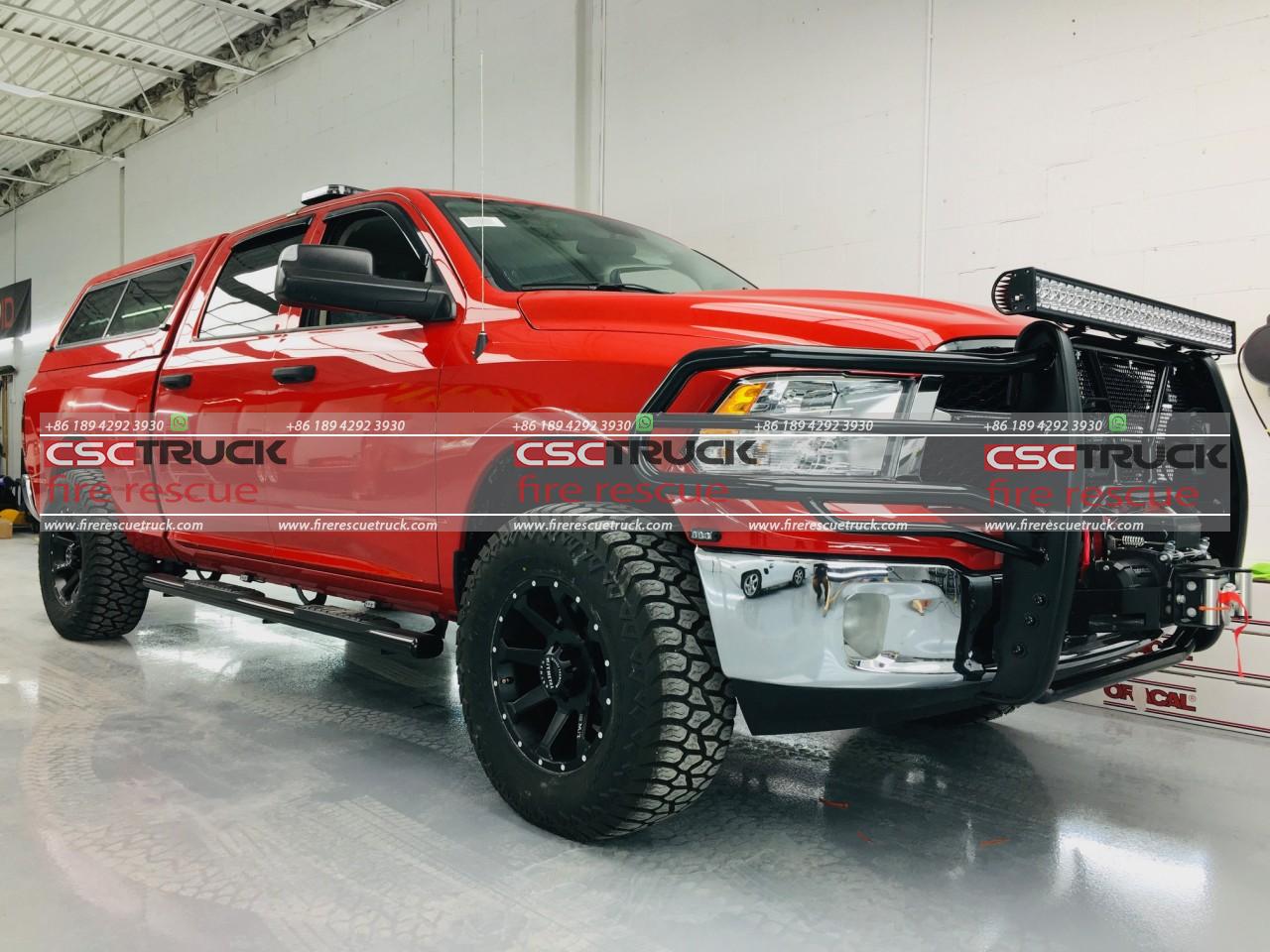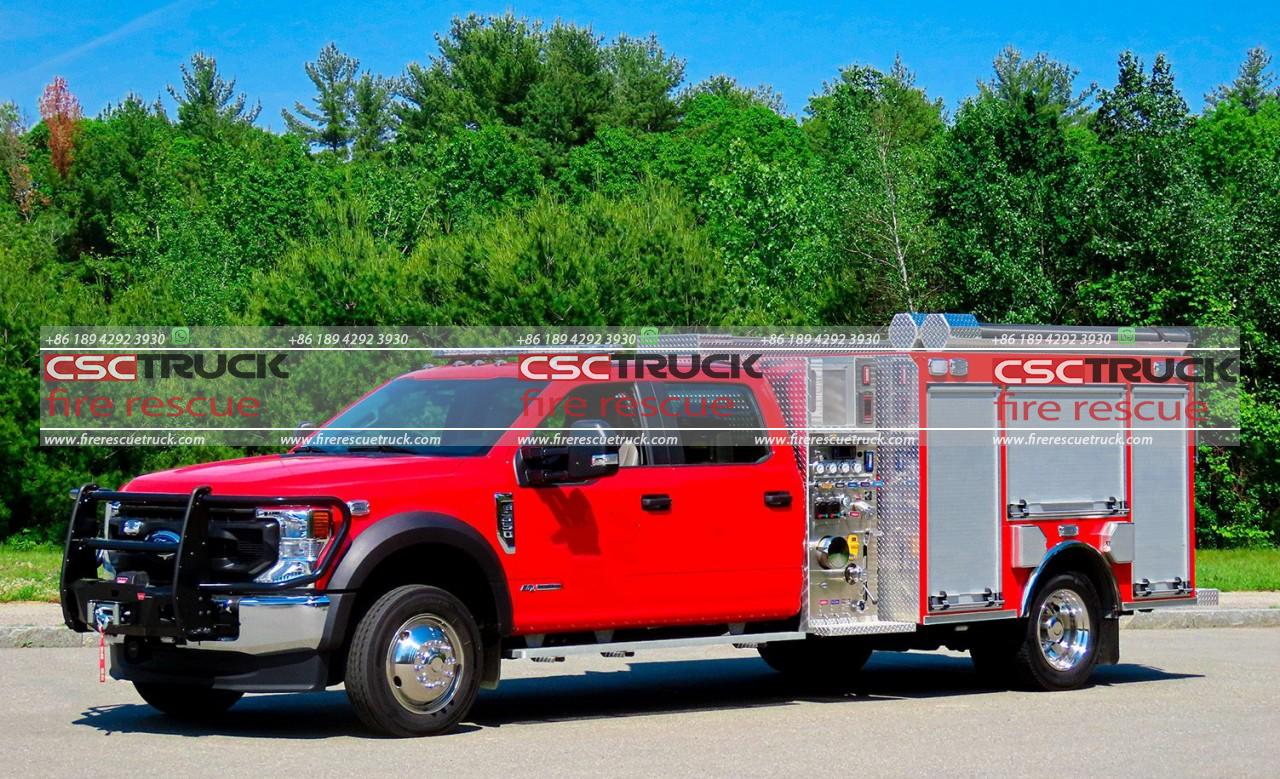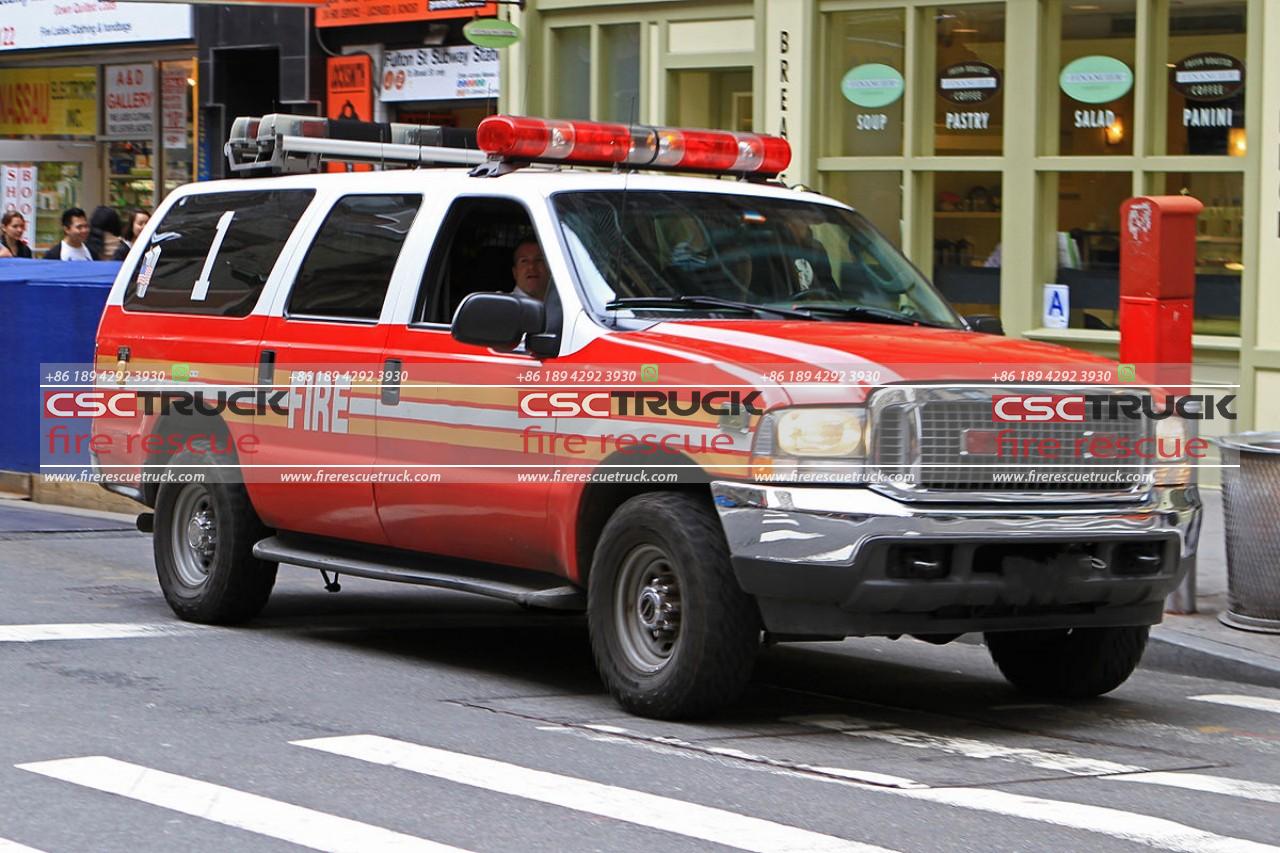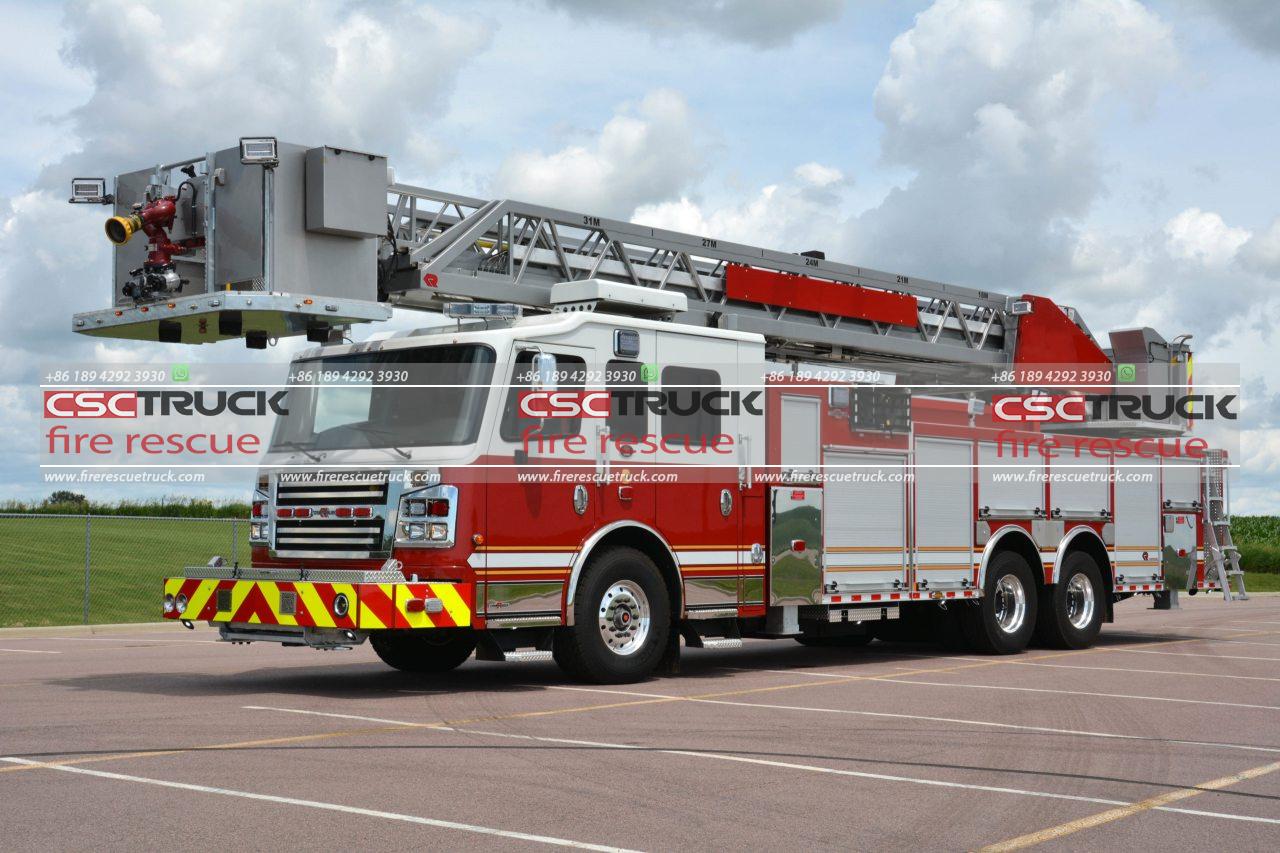Command Fire Truck: Strategic Command Fire Trucks for Coordinated Firefighting
In the realm of emergency response, efficient coordination is crucial for minimizing damage and saving lives. One of the pivotal innovations in firefighting technology is the Command Fire Truck. These specialized vehicles serve as mobile command centers, playing a critical role in managing and coordinating firefighting efforts. This article explores the strategic importance, features, and benefits of Command Fire Trucks in modern firefighting.
The Role of Command Fire Trucks
Command Fire Trucks, also known as Incident Command Vehicles (ICVs) or Mobile Command Units (MCUs), are essential tools for fire departments. They provide a mobile base of operations for incident commanders and their teams, facilitating effective communication, planning, and coordination during emergencies. These vehicles are designed to handle various incidents, including large-scale fires, hazardous material spills, natural disasters, and other complex emergencies.

Key Features of Command Fire Trucks
1. Advanced Communication Systems:
One of the most critical features of Command Fire Trucks is their advanced communication systems. These vehicles are equipped with multiple radios, satellite communication links, and internet access. This ensures seamless communication between the command center, on-ground firefighting teams, and other emergency response units. Real-time information sharing is vital for making informed decisions and adapting strategies as situations evolve.
2. Situational Awareness Technology:
Command Fire Trucks are outfitted with situational awareness technology, including GPS tracking, drone feeds, and live video streaming. These tools provide commanders with a comprehensive view of the incident scene, allowing them to monitor the progress of firefighting efforts, identify potential hazards, and allocate resources effectively. Situational awareness is key to ensuring the safety of firefighters and the efficiency of operations.
3. Data Integration and Analysis:
Modern Command Fire Trucks are equipped with data integration and analysis tools. These systems can pull data from various sources, such as weather reports, building plans, and historical incident data. By analyzing this information, commanders can make strategic decisions based on accurate and up-to-date information. Predictive analytics can also be used to anticipate fire behavior and potential risks, improving the overall effectiveness of firefighting efforts.
4. On-Board Command Facilities:
These vehicles come with on-board command facilities, including workstations, conference areas, and display screens. Commanders and their teams can use these facilities to plan operations, conduct briefings, and monitor ongoing activities. The ability to set up a functional command post at the scene of an incident is invaluable for maintaining control and ensuring a coordinated response.
5. Resource Management:
Effective resource management is crucial during firefighting operations. Command Fire Trucks are equipped with inventory management systems that track the availability and location of firefighting equipment, personnel, and other resources. This ensures that resources are deployed where they are needed most and helps prevent wastage or misallocation.
Strategic Importance of Command Fire Trucks
1. Enhanced Coordination:
Command Fire Trucks enhance coordination among different firefighting units and other emergency response agencies. During large-scale incidents, multiple agencies often work together. The mobile command center acts as a hub where representatives from different agencies can collaborate, share information, and synchronize their efforts. This leads to a more cohesive and efficient response, minimizing the risk of miscommunication and duplication of efforts.
2. Rapid Decision-Making:
In emergencies, timely decision-making is critical. Command Fire Trucks enable commanders to make informed decisions quickly by providing them with real-time data and situational awareness. The ability to analyze information on the spot and communicate directly with on-ground teams ensures that decisions are implemented promptly, reducing response times and improving outcomes.
3. Flexibility and Mobility:
The mobility of Command Fire Trucks is a significant advantage. Unlike fixed command centers, these vehicles can be deployed directly to the scene of an incident. This allows commanders to be closer to the action, gaining a firsthand understanding of the situation. Additionally, the mobility of these units means they can be relocated as needed, ensuring that command and control capabilities are always available where they are most required.
4. Improved Safety:
Safety is a paramount concern in firefighting operations. Command Fire Trucks contribute to the safety of firefighters and other emergency responders by providing real-time information about the incident scene. This includes identifying potential hazards, monitoring environmental conditions, and tracking the location of personnel. Enhanced situational awareness helps prevent accidents and ensures that responders can operate safely and effectively.
5. Community Impact:
The presence of a well-coordinated firefighting effort has a positive impact on the community. Command Fire Trucks help minimize the damage caused by fires and other emergencies, reducing the economic and social impact on affected areas. By ensuring a swift and effective response, these vehicles contribute to the resilience and recovery of communities, helping them bounce back more quickly from disasters.

Case Studies: Command Fire Trucks in Action
1. Wildfire Management:
In recent years, wildfires have become increasingly frequent and severe. Command Fire Trucks have played a crucial role in managing these incidents. For example, during the California wildfires, Command Fire Trucks were deployed to coordinate efforts among various firefighting units, including local fire departments, state agencies, and federal resources. The mobile command centers facilitated real-time communication and resource allocation, enabling a more effective response to the rapidly spreading fires.
2. Urban Fire Incidents:
In urban settings, Command Fire Trucks have proven invaluable in managing complex fire incidents. For instance, during a major industrial fire in a densely populated area, a Command Fire Truck was used to establish a command post near the scene. The advanced communication systems and situational awareness tools allowed commanders to coordinate evacuation efforts, monitor air quality, and manage firefighting operations. This ensured the safety of residents and minimized property damage.
Future Developments and Innovations
The field of firefighting is continually evolving, and Command Fire Trucks are no exception. Future developments in this area are likely to focus on further enhancing communication capabilities, integrating artificial intelligence for predictive analytics, and improving the mobility and versatility of these vehicles.
1. Enhanced Connectivity:
Advancements in communication technology, such as 5G networks and satellite-based internet, will further enhance the connectivity of Command Fire Trucks. This will enable even faster and more reliable communication between command centers and on-ground teams, improving the overall efficiency of firefighting operations.
2. Artificial Intelligence:
Integrating artificial intelligence (AI) into Command Fire Trucks can revolutionize data analysis and decision-making. AI algorithms can analyze vast amounts of data quickly, providing commanders with actionable insights and predictive models. This can help anticipate fire behavior, optimize resource allocation, and improve the overall effectiveness of firefighting efforts.
3. Modular Design:
Future Command Fire Trucks may feature a modular design, allowing them to be customized for different types of incidents. Modular units can be added or removed based on the specific needs of a situation, providing greater flexibility and adaptability. This will enable fire departments to deploy the most appropriate resources for each unique emergency.

Conclusion
Command Fire Trucks are indispensable assets in modern firefighting. Their advanced communication systems, situational awareness technology, and onboard command facilities enable efficient coordination, rapid decision-making, and improved safety during emergency operations. As technology continues to advance, these vehicles will become even more capable, further enhancing the effectiveness of firefighting efforts and contributing to the resilience of communities. The strategic importance of Command Fire Trucks cannot be overstated, as they represent the frontline of command and control in the battle against fires and other emergencies.







